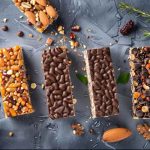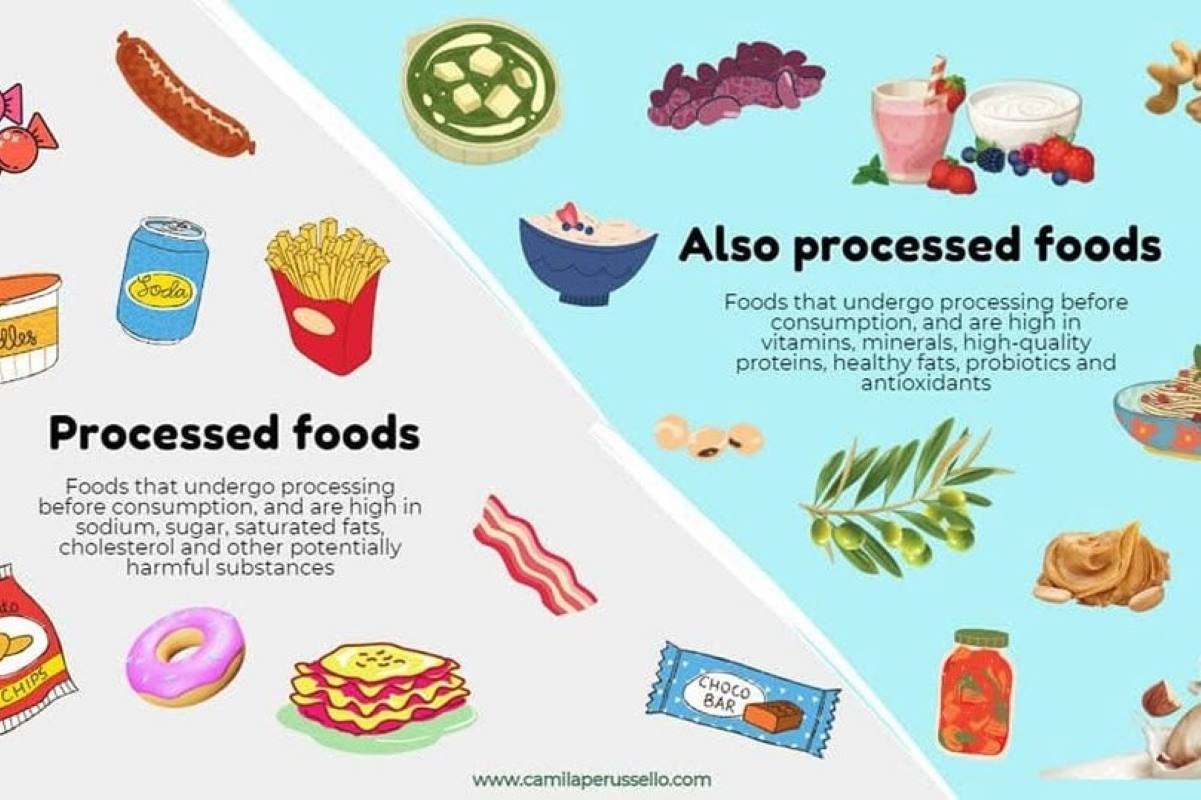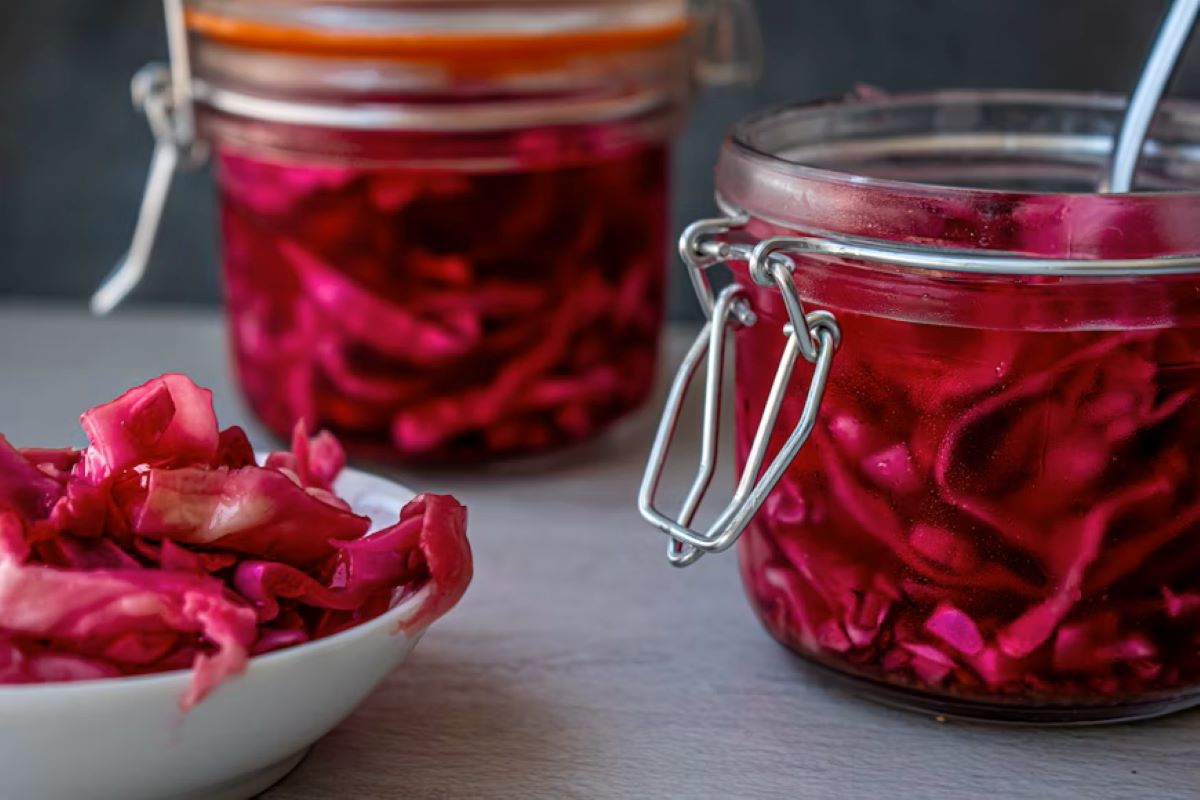Are processed foods bad for your health? There are several opinions about the health risks of processed food. Very few people maintain a homestead or grow their food. So, it is plausible for the average consumer to question the safety of their food purchases. If it came from a package, should you avoid it?
The word “processed” has been bedevilled among food pundits, who often use it in contexts synonymous with unhealthy. While some edibles tick the boxes for unhealthiness, not all food products should be avoided. That veggies at a grocery store are already chopped and packaged, or your snacks come off a factory production line, does not make them unhealthy.
So, in this piece, we shall demystify some processed food myths. This will help you understand the cues to follow to differentiate the good, bad and fence-sitters among the plethora of commercial packaged foods.
What Does “Processed” Actually Mean?
To bring our answer to the question, “Are processed foods bad?” into perspective, let’s look at what a health authority has to say about the subject. According to the US Department of Agriculture (USDA), processed foods are raw agricultural produce subjected to activities that change their natural form. Such activities include blanching, mixing, heating, cleaning, packaging, milling, washing, canning, chopping, cooking, drying, pasteurizing, cutting, dehydrating, and freezing.
Invariably, a company that harvests, washes and palletizes apples for export sells processed foods. However, multiple food processing levels could help settle the whole foods vs processed foods debate. For simplicity, let’s assess three broad types of packaged foods or food processing levels.
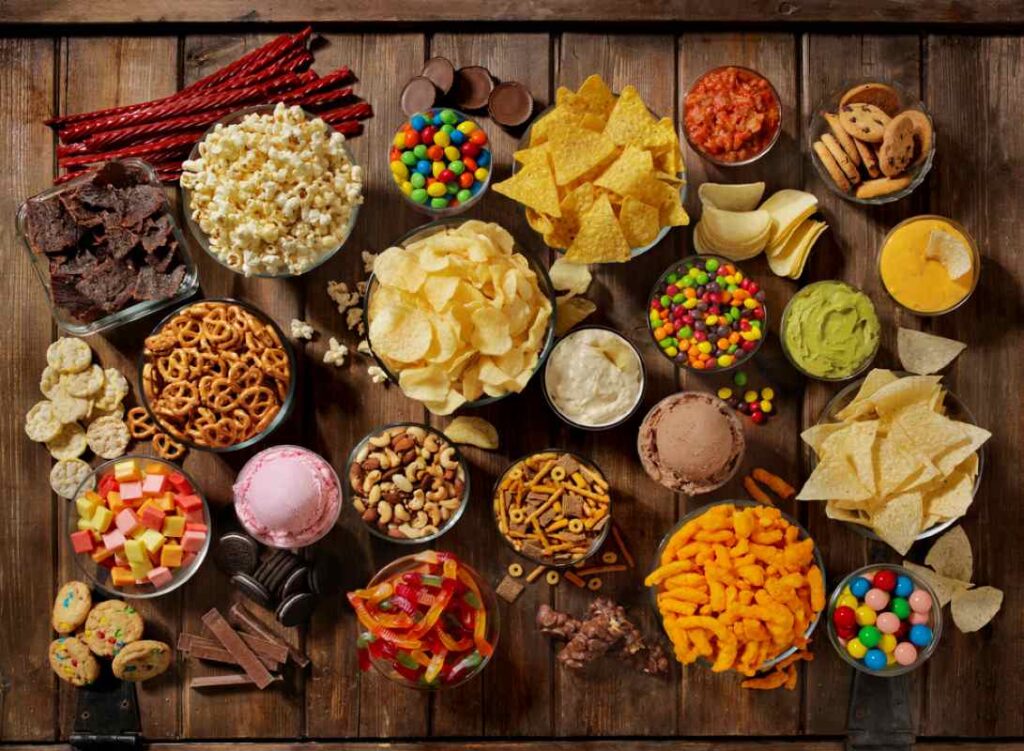
1. Minimally Processed Foods
These are nutritionally intact food items despite the processing activities to which they’ve been exposed. Processes for this level are often simple and rudimentary, mostly to put the food item in a hygienic or ready-to-eat condition. Common examples of minimally processed foods are nuts, milk, grains, meats, vegetables and fruits.
2. Moderately Processed Foods
Moderately processed foods are subject to more rigorous transformations than minimally processed foods. However, most of the nutrients are retained. Processing at this level makes the whole foods vs processed food debate start becoming plausible. Usually, the goal of extra processing at this level is to help the food keep for longer or make it available during off-seasons. For example, you could minimally process a seasonal fruit when in season. Alternatively, canning and pasteurization (moderate processing) may save the day for long-term storage. Some natural preservatives, like salt or sugar, may also be used.
3. Ultra-Processed Foods
The ultra-processed vs minimally processed discussion makes the extremities of this third level of processing glaring. Wheat flour is a typical example of an ultra-processed, intermediate food product. The wheat grain is stripped of several beneficial nutrients to produce white flour during wheat milling. Other examples of ultra-processed foods are processed meat (like hot dogs and corn beef), soft drinks, candy, energy bars, etc. Ultra-processed foods are often products of sophisticated manufacturing techniques like hydrogenation, extrusion and refining.
Here’s a Mayo Clinic FAQ on processed foods and how some of them have been linked to cancer.
ALSO READ: Are Organic Foods Really Healthier? The Truth Behind the Hype
The Case Against Ultra-Processed Foods
In fairness to manufacturers of ultra-processed foods, it is important to note that some try to identify lost nutrients and incorporate them artificially. However, it is often difficult, if not downright impossible, to make an ultra-processed food as nutritious as its minimally processed variant through nutrient supplementation. Supplementation is the process of using lab-developed nutrients to replace those lost during food processing. In Harvard’s breakdown of processed food impact, ultra-processed foods have been ticked as being harmful to health.
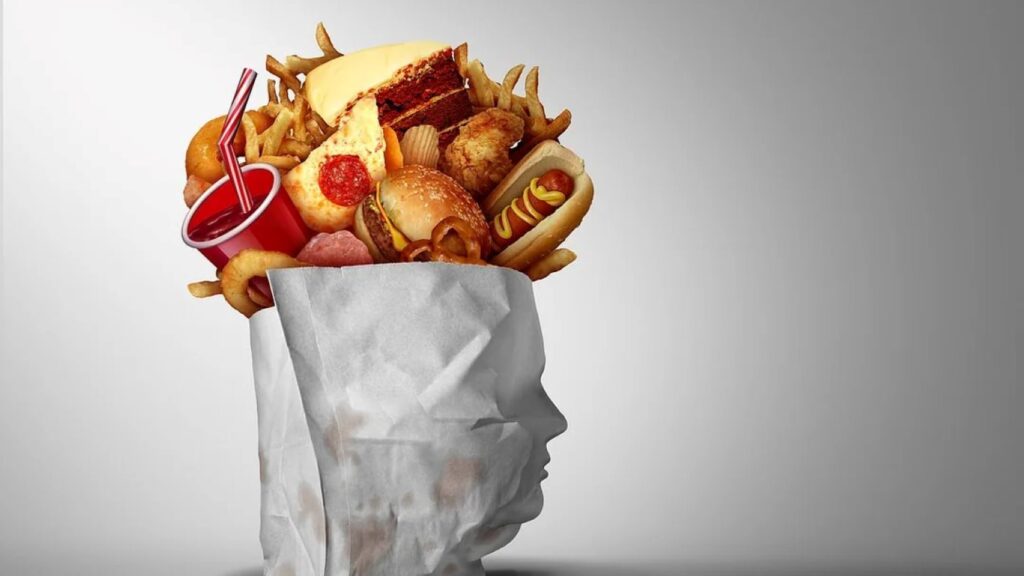
Usually, developers of ultra-processed foods study what makes the palates tick and dose such ingredients in permissible quantities into foods. Some ultra-processed foods are laden with unhealthy fats, sodium and added sugar. Consequently, foods in this category have been widely implicated in reports of food-related addictions and diseases. We have compiled a list of 21 ultra-processed foods to avoid during shopping trips.
Of course, you can consume some ultra-processed foods and still lead a healthy life. However, the calorie-burning stress and health risks are not worth such indulgences. Health authorities have confirmed negative ultra-processed health effects such as imbalances in gut microbiome, heart diseases and obesity.
Again, the question rings, “Are processed foods bad?” Are there still products that qualify as healthy convenience foods or healthy packaged foods? If you can avoid ultra-processed foods and consume healthy alternatives, please do. But know that not all packaged foods are bad.
When Processing Is a Good Thing
Here, we shall point out some food processing activities that qualify as good. ‘Good,’ in this context, means they are forgiving of food nutrients and your health.
Some processes make it possible to preserve food and keep hazards therein at bay. So, they qualify as value-adding processes. Examples are pasteurization, fermentation and freezing. So, when you encounter moderately processed foods subject to one of those activities, they can pass as healthy packaged foods.
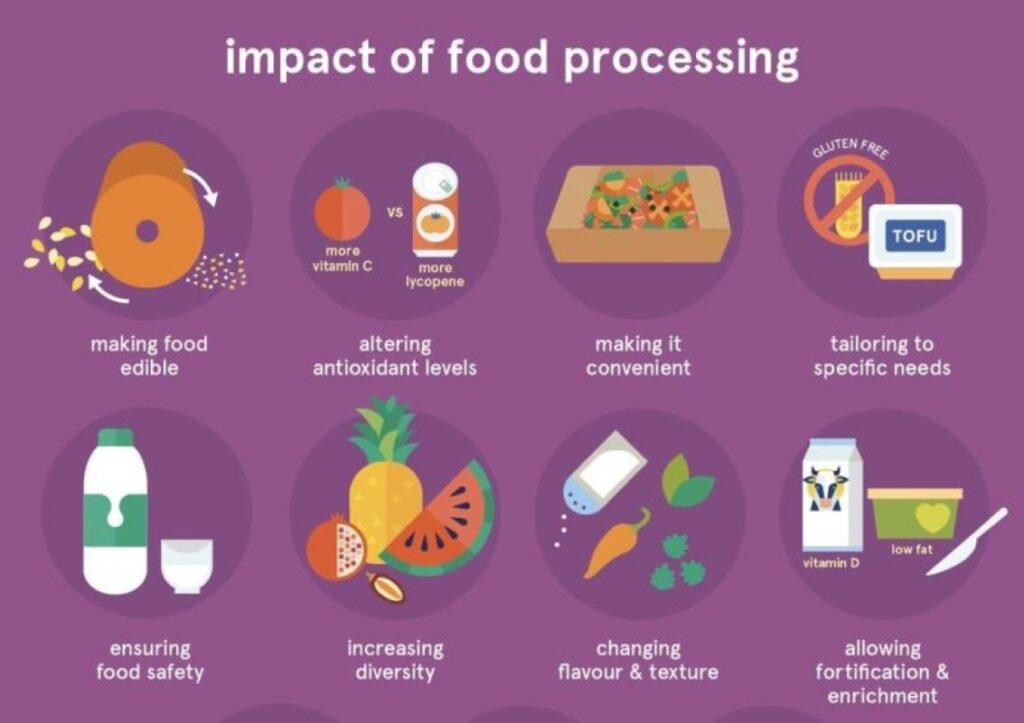
Minimally or moderately processed foods are the epitome of healthy convenience edibles that are products of little compromise. Yes, they’re packaged, yes, they’re processed, but still nutrient-rich.
Some examples of processed or packaged foods that can be fairly healthy and nutritious are fortified cereals, frozen fruits, and canned legumes.
ALSO READ: How Nutrient Loss Occurs During Cooking (and How to Prevent It)
How to Read Labels and Spot the Real Culprits
Global food laws and good manufacturing practices constrain manufacturers of packaged food to always declare ingredients on labels. Nonetheless, unethical and unhealthy ingredients in food can go right under consumers’ noses if they’re ignorant of what to look out for.
Some ubiquitous ingredients that help you identify ultra-processed or unhealthy foods are listed below.
- High-fructose corn syrup
- Hydrogenated oils
- Artificial additives
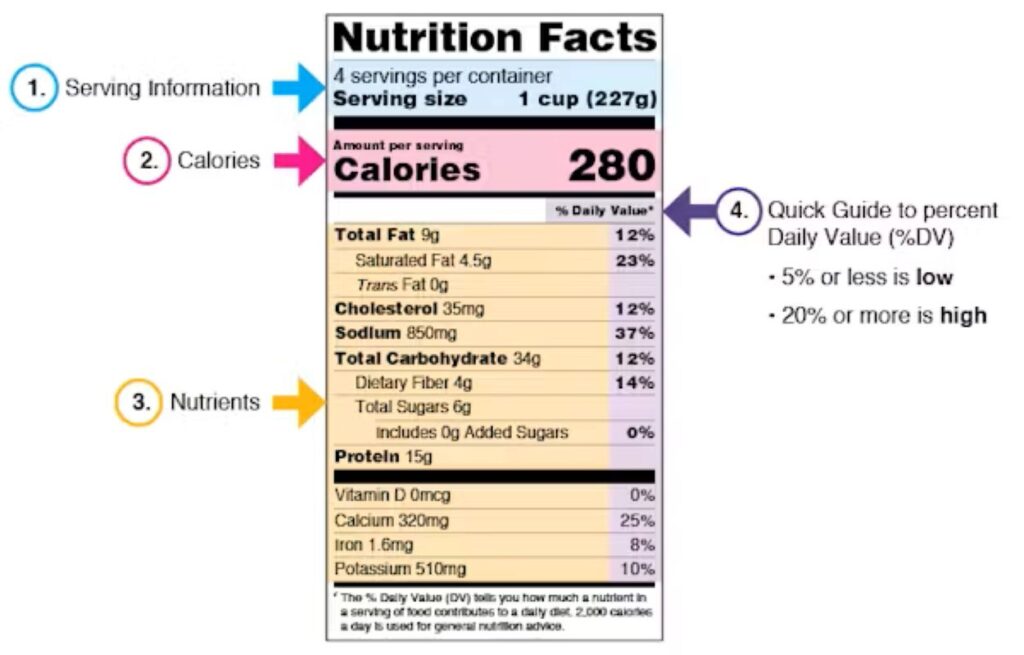
Also, look out for the sodium levels in your packaged processed food before placing it in your shopping cart. The serving size of the food product and the calories of each serving are other important information to note.
The popular 5-ingredient rule suggests reading nutrition labels and sidelining any packaged food containing more than five ingredients. While this rule may work for culinary experts and professional chefs, the average person shouldn’t adopt it as the holy grail of healthy eating. Instead, focus on the processing level of the food and its constituent ingredients, note personal dietary needs and restrictions, and practice portion control.
By now, readers must have realized that there’s no ‘yes’ or ‘no’ answer to the “are processed foods bad” question. Get smart at reading nutrition labels and be mindful in eating; even minimally processed foods can be unhealthy when consumed in excess.
The key isn’t to fear processing—it’s to understand it.





